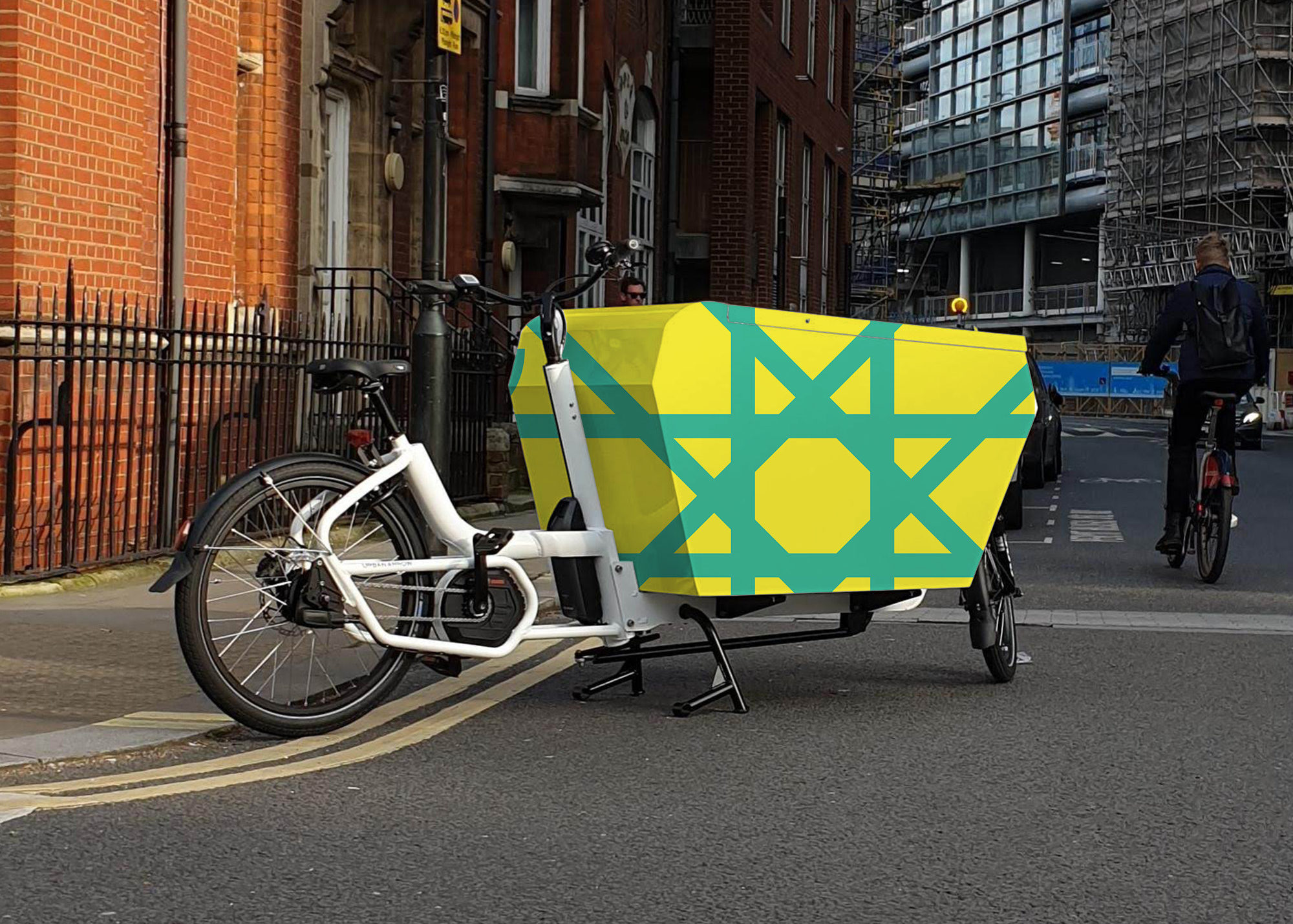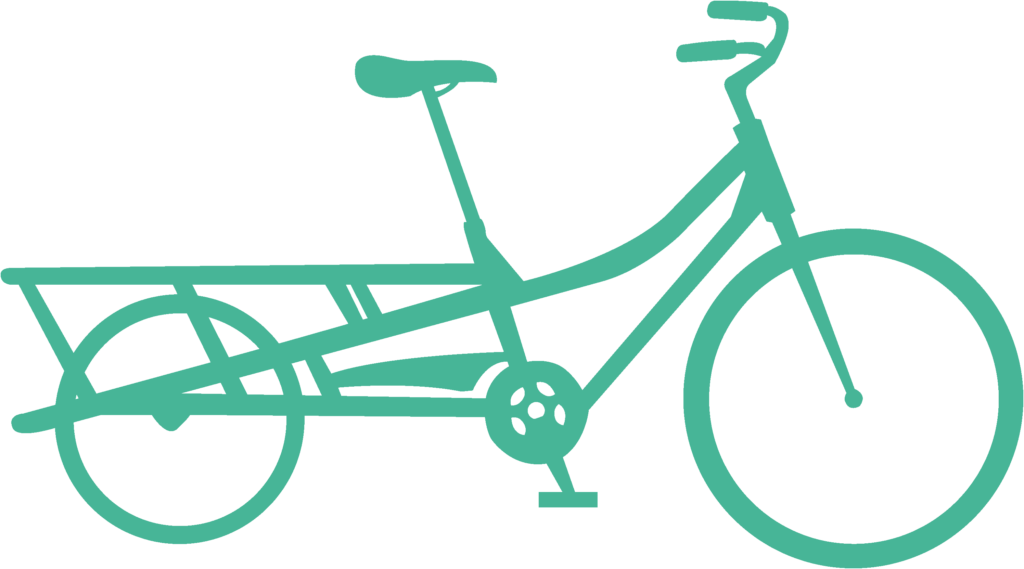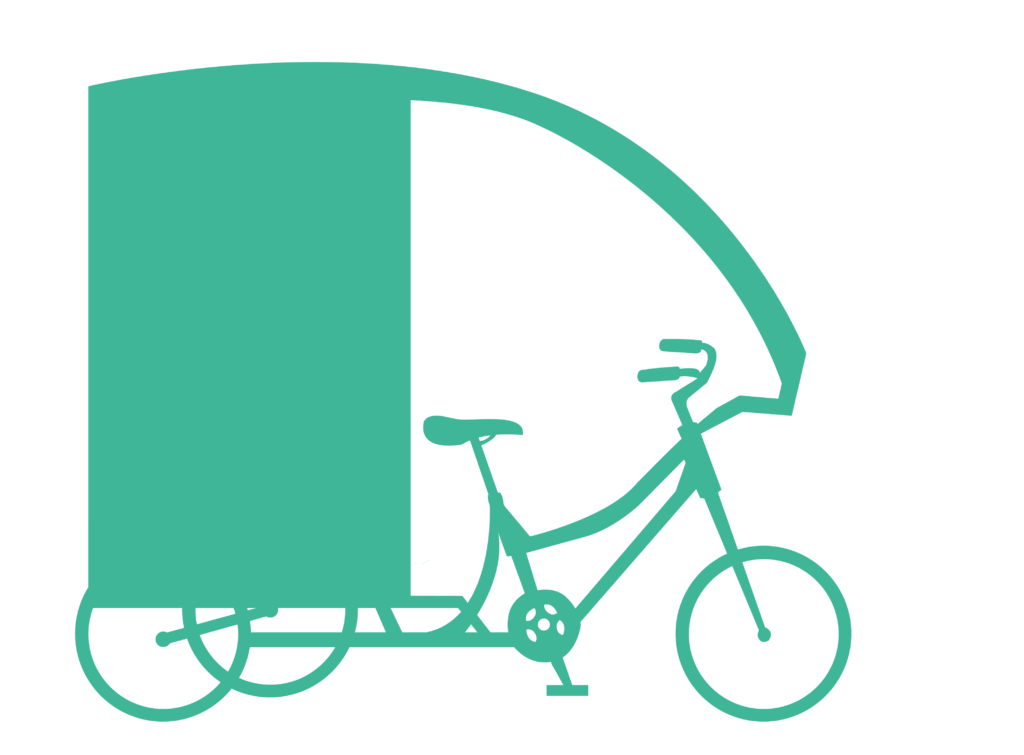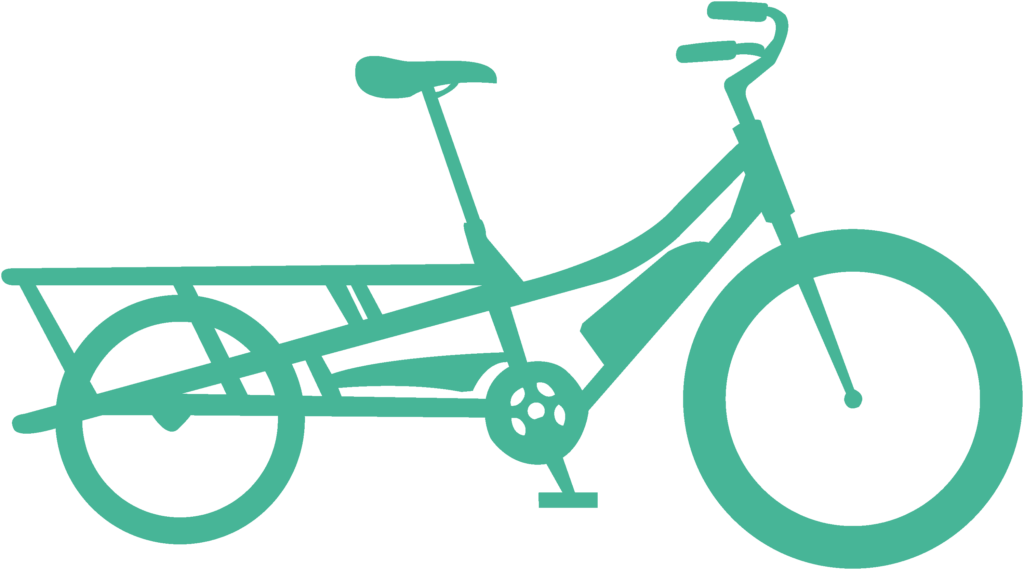Considering a cargo bike?
What is a cargo bike?
While any bike can be rigged to carry cargo, it doesn’t mean that the bike is designed to do so, or that the bike will handle well. A cargo bike should be able to carry the rider and at least 60kg of cargo.

Types of cargo bike
Cargo bikes can broadly be classified as a longtail, a midtail, a box bike, a pedicab or mini cargo bike.
Longtail
It’s basically a regular bicycle with an extended “tail,” 30 – 40cm long. The extension supports a longer rack. Longtails are great for navigating through narrow spaces.
Pros:
- They ride like a regular bicycle, but longer
- There are kits available to convert some bicycles into longtails
- They’re great for navigating through narrow spaces
- Non-electric versions are your cheapest cargo bike option
Cons:
- Hard to transport
- Will require ample, secure storage space

Midtail
It’s basically a regular bicycle extended by 10 -20cm.
Pros:
- Not as cumbersome as a longtail cargo bike
- Easier to transport
- Easier to store and park
Cons:
- Less room for cargo than a long tail
- May have a lower weight limit

Box bike
This classic cargo bike has a large box installed on the front. The box is set low to ground for steadier riding. The box bike may have two wheels or three wheels (a trike) and can come in short or long forms. The trike is often pricier than it’s two-wheeled cousin, but has a greater load capacity.
Pros:
- Can be tailored to see business needs such as secured or refrigerated boxes.
- Easier to load than a longtail bike, and can carry larger boxed loads
- The two-wheeled bikes are excellent for a long trips across town
- The trikes are excellent for short local tips with very heavy loads, or chained short trips
Cons
- Riders shorter than 160cm (5′ 3″) may struggle with the handling
- Can take a while to adjust to steering, particularly with trikes
- Hard to transport
- Will require ample, secure storage space
- The trikes aren’t as good for long trips across town

Pedicab
We don’t mean the rickshaw-style trike found in London’s West End. Instead this is another style of a three- or four-wheeled cargo bike which come in assorted styles including a flatbed.
Pros:
- They can carry heavier, bulkier cargo – up to 250kg
- The driver has a degree of weather protection
Cons:
- Can be slow and cumbersome due to their size and load height
- Hard to transport
- Will require ample, secure storage space

Mini cargo bikes
-
- Also known a butchers bikes, these regular sized bicycles have built-in racks on its front, back or both ends.
Pros:
-
- Great for transporting compact loads

Electric-assist
A Pedelec (pedal electric cycle) is a bike that has been fitted with an electric motor which only supplies power while you’re pedalling. The power cuts out when you stop cycling or freewheel, or when you read a maximum speed of 25kmph (15.5mph). Yes, they are more expensive but electric-assist can be invaluable if you plan to transport heavy loads and travel long distances or uphill.


